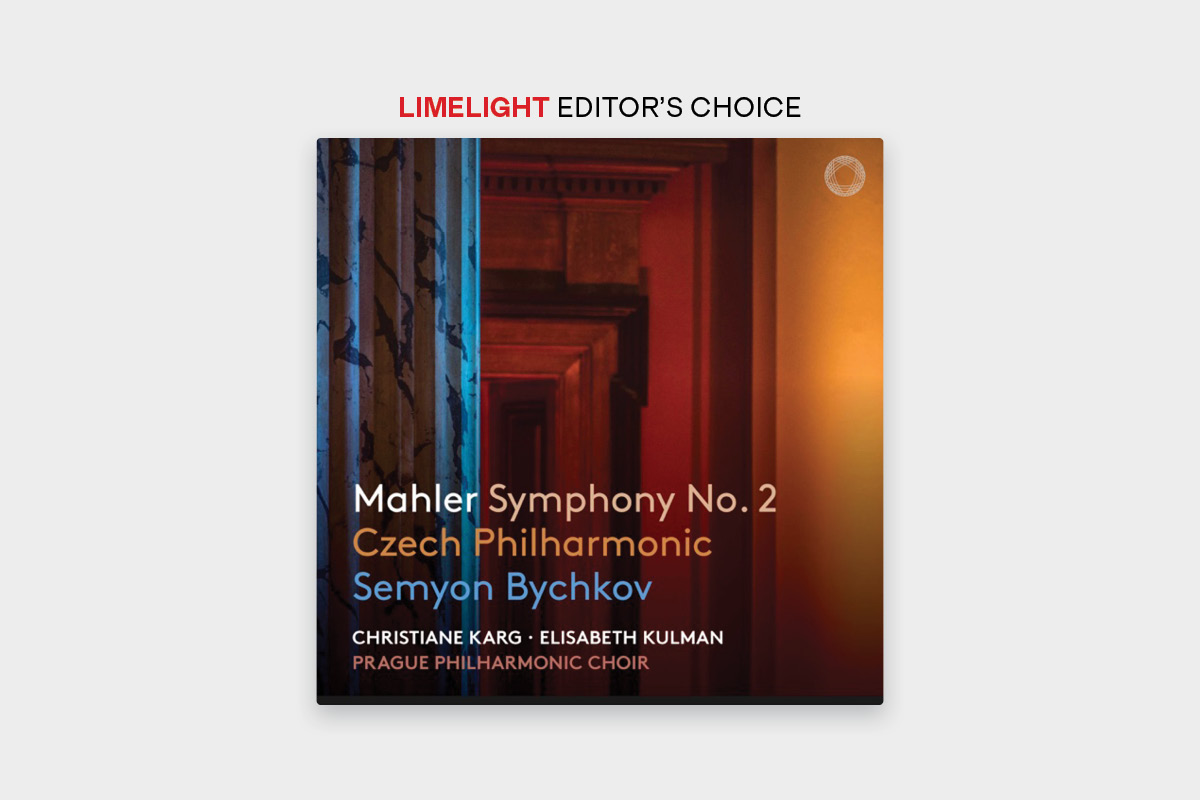Mahler’s Second had the most torturous gestation of all his symphonies. It started out as a mere torso – a symphonic poem by the name of “Totenfeier” (Funeral Rites) – written around 1888 as a gloomy codicil to the First Symphony. In that initial conception, the once-victorious hero wrestles with mortality for 25 minutes or so before a final spasm and a downward scale suggesting death has had the final word.

Pooh-poohed by the conductor Hans von Bülow, Mahler left it in a drawer for five years, eventually reconceiving it as the first part of a greater structure that would culminate in the hero’s resurrection (and, indeed, in the resurrection of all things). At that point he added two ‘reminiscences’ – an elegant minuet and a scherzo that riffed on a ditty about St Anthony preaching to the fishes – and “Urlicht”, a previously composed song for mezzo-soprano about mankind returning to God. Even then Mahler waited another year wondering how to finish it all off before inspiration struck (ironically at Bülow’s funeral) in the...










Comments
Log in to join the conversation.